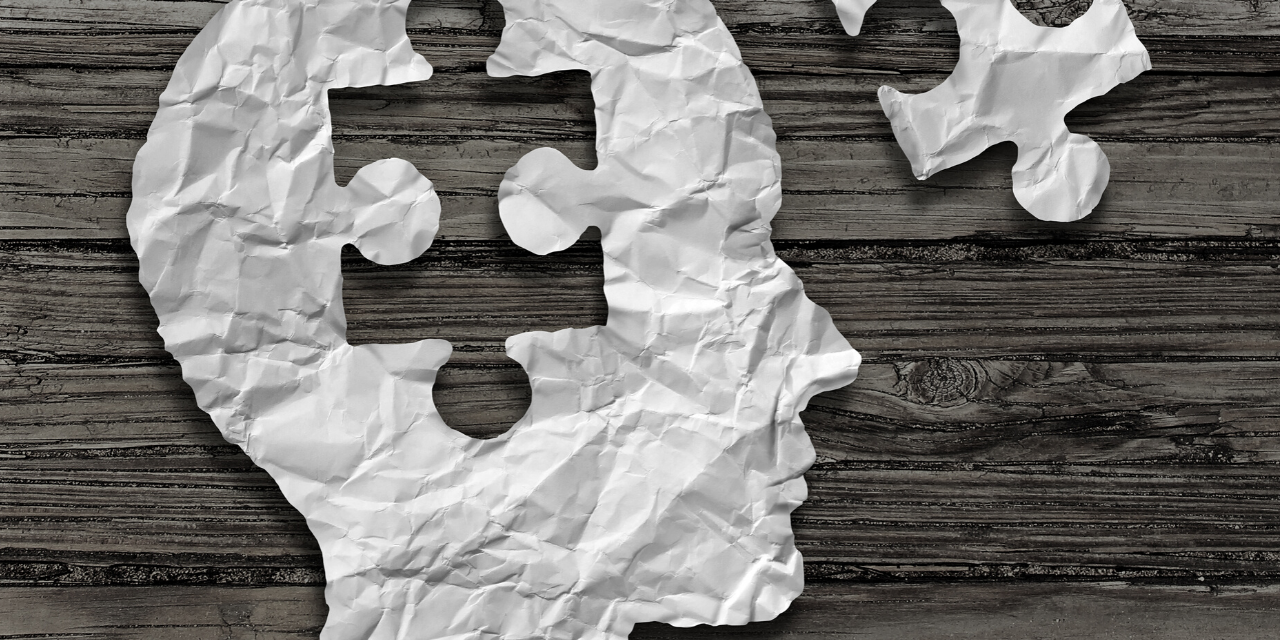
Long-Term Consequences of Head Injuries (CTE)

Concussion awareness and education have drastically increased over the past decade, and many are now aware of that head injuries may lead to negative long-term neurological consequences, such as dementia. Every year new research is published, enhancing our understanding of concussions and what we can do to help our patients with a history of head trauma. So, what do we know about the long-term consequences of concussions in 2020?
The term “concussion” or “mTBI” (mild traumatic brain injury) is defined as a complex pathophysiological process that affects the brain as a result of traumatic biomechanical forces. The process underlying concussion involves injury to the neuronal and glial cells, which disturbs neuronal function. If the brain does not fully recover, the symptoms can become progressive and chronic. This is referred to as “chronic brain injury syndrome,” which is thought to be caused by repeated unrecovered concussions and is referred to in the literature today as “chronic traumatic encephalopathy” (CTE).
A concussion can result from a direct blow to the head, face, or neck, or from trauma elsewhere on the body that transmits significant force to the head. Typically, it results in the rapid onset of neurological dysfunction that usually resolves spontaneously within two weeks (70-90% of the time). While concussions were once thought to be associated with loss of consciousness, it is now known that concussions often do not involve the loss of consciousness.
Diagnostic Criteria
Prior to 2016, there were no agreed-upon clinical or neuropathological diagnostic criteria for CTE. CTE is now characterized by abnormalities in cognition, including memory loss, dysfunction of such higher executive functions as decision making, planning, and organization, and such personality changes as impulsivity, aggression, and short fuse behaviors.
Damage to specific brain regions has been associated with a variety of presentations. For example, damage to the hippocampus and medial thalamus is associated with memory impairment. Changes in executive functions and personality changes are associated with damage to the frontal lobes. Dementia, ataxia, tremors, and mood disturbances, including depression, apathy, irritability, and suicidal tendencies, are associated with the progression of CTE.
Like other neurodegenerative disorders, such as Alzheimer’s disease (AD) and frontotemporal dementia (FTD), CTE is thought to be a progressive tauopathy. Although the structures of tau deposition in CTE and AD are virtually indistinguishable, the distribution of tau aggregation in CTE is distinctive. The tau in CTE is found in layers II and III of the cerebral cortex, while it is present largely in layers III and V in AD.
Stages of CTE Pathology
To try to better understand the pathophysiology of CTE, it has been proposed to divide the topographically predictable pattern of p-tau pathology of CTE into four stages, in which the clinical presentation varies and becomes more pronounced with worsening pathology:
- Stage I: perivascular p-tau neurofibrillary tangles (NFTs) are found in focal epicenters in the depths of the sulci in the superior, superior lateral, or inferior frontal cortex.
- Headaches and loss of attention and concentration are the clinical features during this stage.
- Stage II: NFTs are found in superficial cortical layers adjacent to the focal epicenters and in the nucleus basalis of Meynert and locus coeruleus.
- The clinical symptomology includes depression and mood swings, explosivity, loss of attention and concentration, headache, and short-term memory loss.
- Stage III: CTE shows macroscopic evidence of mild cerebral atrophy, septal abnormalities, ventricular dilation, a sharply concave contour of the third ventricle, and depigmentation of the locus coeruleus and substantia nigra. There is dense p-tau pathology in the medial temporal lobe structures (hippocampus, entorhinal cortex, and amygdala) and widespread regions of the frontal, septal, temporal, parietal, and insular cortices, diencephalon, brain stem, and spinal cord.
- Patients demonstrate cognitive impairment with memory loss, executive dysfunction, loss of attention and concentration, depression, explosivity, and visuospatial abnormalities.
- Stage IV: CTE is associated with further cerebral, medial temporal lobe, hypothalamic, thalamic, and mammillary body atrophy, septal abnormalities, ventricular dilation, and the pallor of the substantia nigra and locus coeruleus.
- Patients are demented uniformly with profound short-term memory loss, executive dysfunction, attention and concentration loss, explosivity, and aggression. Paranoia, depression, impulsivity, and visuospatial abnormalities are other symptoms seen commonly.
Several theories have been proposed as possible causes or contributors to CTE., including damage to blood vessels, ischemia, mechanical strain forces deep in the sulci, blood-brain barrier disruption, DNA damage, oxidative stress, and glymphatic system dysfunction. The glymphatic system is believed to be a brain-wide perivascular pathway that supports the clearance and removal of interstitial solutes from the brain, including amyloid-b and tau, especially during sleep.
Diagnosis
Currently, CTE can only be diagnosed at autopsy, using preliminary neuropathological consensus criteria. For any disease diagnosable only at autopsy, which by definition represents a static time point for each individual case, it is impossible to definitively ascribe a progressive neurodegenerative course. Only when validated biomarkers, such as CTE-specific blood or CSF molecules, or PET with radiotracers specific to CTE tau, or other CTE-specific targets, are available can one determine with reasonable certainty the natural course of a disease and the effects of exposures and interventions.
Therefore, the identification of biomarkers to help predict post-concussive symptoms (PCS) after TBI has provoked substantial clinical interest recently to help provide early and tailored management of athletes prone to recurrent concussions. Since 2000, 11 distinct biomarkers have been measured in over a dozen studies. These include S100β, followed by glial fibrillary acidic protein (GFAP), neuron-specific enolase (NSE), Tau, neurofilament light protein (NFL), amyloid protein, brain-derived neurotrophic factor (BDNF), creatinine kinase (CK), and heart-type fatty acid-binding protein (h-FABP). However, to date, no fluid biomarker has been proven to be definitively useful in detecting neuronal injury after concussions. Accordingly, even after extensive research, biomarkers, unfortunately, play only a limited role in the diagnostic and prognostic evaluation of concussion.
Conclusion
While we understand a lot more about concussions/mTBI and CTE in 2020 than we did in 2015, there are still a lot of unanswered questions. Why do some people with a history of head trauma develop CTE and others do not? Why do some people not progress past stage 1 of CTE, if CTE is inherently a progressive disorder? Why do some people have brains that can be diagnosed with CTE, yet they have no history of head trauma? How many of the symptoms are due to CTE, versus other common concurrent diseases (AD, cerebrovascular disease, age-related tauopathy)? What is the role of sleep apnea in CTE pathology?
It is expected that in the future we will see increased funding and resources aimed to better understand concussions and CTE. Hopefully, as we continue to learn more, we will develop improved diagnostic and treatment options for those who are suffering from both acute and chronic symptoms of concussions/mTBI.
References
-Hunger et al. The neurobiological effects of repetitive head impacts in collision sports. Neurobiology of Disease. 2018.
-Iverson et al. Chronic traumatic encephalopathy neuropathology might not be inexorably progressive or unique to repetitive neurotrauma. Brain. 2019.
-Singla et al. The anatomy of concussion and chronic traumatic encephalopathy. Clinical Anatomy. 2019.
Roy Riascos, Eliana E. Bonfante-Mejia, Imaging of Brain Concussion, An Issue of Neuroimaging. 2017

















